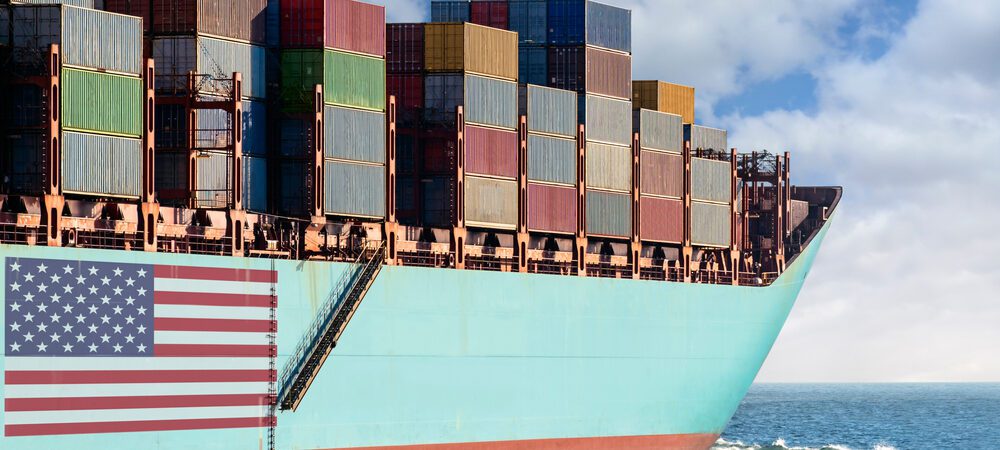Spurred by technological advances in shipping and communications and aided by a liberal world-trading environment, deepening global supply chains (GSCs) have for four decades lowered costs and increased the variety of goods available to consumers around the world. GSCs are complex networks of manufacturers, suppliers, warehouses, distributors, and shippers who move products and services from one location to another. Supporting these activities are orchestrated flows of blueprints, technology, people, and data across multiple countries and organizations. According to the World Trade Organization (2019), prior to the COVID-19 pandemic, more than two-thirds of world trade occurred through supply chains in which production crossed at least one border, and typically many borders, before final assembly.
Since the onset of the COVID-19 pandemic, however, supply chains once seen as exemplars of economic efficiency are increasingly portrayed as unacceptable sources of collective risk. Concerns about their resilience deepened as a series of external shocks continued to disrupt trade in the pandemic’s wake. Fragmentation has made GSCs long and thus subject to shocks emanating anywhere along the chain, while geographic concentration has made them heavily dependent on certain locations (and thus to shocks hitting specific parts of the world). In contrast to idiosyncratic shocks like the 2011 Tōhoku earthquake and tsunami, headline supply shocks since 2020 have been global and cross-sectional—hitting many countries and industries simultaneously. Adding to concerns about exogenous shocks, the weaponization of trade by China and Russia has raised the geopolitical risks of overdependence on unfriendly countries. In concert, public demands have grown louder for both government and private-sector actions to reduce supply vulnerabilities.
In the United States, the federal government has responded to widespread demands for domestic government action with new industrial and trade policies that promise a more resilient economy, defined as one that can better adapt to shocks and withstand geopolitical turmoil. Since taking office in 2020, President Joe Biden has prioritized efforts to enhance supply resilience. His administration has pursued policies designed to move some production onshore, expand commerce with “likeminded” countries, and reduce reliance on unfriendly states. This paper focuses on the administration’s efforts to “reshore, friendshore, and derisk” the supply chains that serve American businesses and households. Now that two major federal statutes promoting reshoring have passed a divided Congress, and the administration is deeply engaged in forming new partnerships, we may ask how effective these efforts are likely to be at reducing the risk of supply disruptions; what this new insurance will cost American taxpayers, businesses, and consumers; and how compatible they are with other US commitments. My early assessment suggests that supply chains are malleable and can be shifted in limited ways but that doing so is costly and often in conflict with other US objectives.
The US is in the early stages of efforts to boost supply resilience, and policies related to supply chains are taking shape in real time through the promulgation of implementation rules, ongoing international negotiations, and review of existing trade and investment policies. In this paper, I describe efforts to reorder the global supply chains that serve US importers, omitting discussion of export controls and investment restrictions. This omission does not imply that such efforts are unrelated to economic resilience, only that they are grounded in national security concerns and, thus, more appropriate for discussion in that context.
Lovely_2023_Chapter
To read the executive summary, click here.
To access the full paper PDF, click here.

